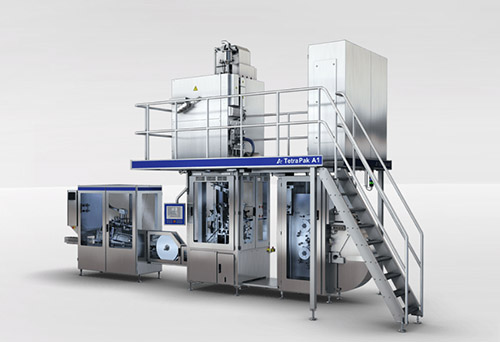 Big Data, for all of it’s being touted across the manufacturing industry, remains somewhat of an esoteric topic. That’s understandable, as the concept of every bearing and every cylinder and every machine part having sensors seems far off or downright bizarre to some design engineers. Sure, sensors are becoming small and cheap and ubiquitous, but … well, who cares? Who needs all that data? And even if we had it, what on Earth would we do with it?
Big Data, for all of it’s being touted across the manufacturing industry, remains somewhat of an esoteric topic. That’s understandable, as the concept of every bearing and every cylinder and every machine part having sensors seems far off or downright bizarre to some design engineers. Sure, sensors are becoming small and cheap and ubiquitous, but … well, who cares? Who needs all that data? And even if we had it, what on Earth would we do with it?
While I’m on board that Big Data is coming—and that it will change a lot about how we see our world in the coming decade—I do confess that at times, it’s hard to see the applicability in some of what I see in today’s manufacturing operations.
I was caught a little off guard by the way that the international food packaging manufacturer Tetra Pak is using Big Data right now during a recent visit to the company’s R&D center. They’ve found a fascinating way to use Big Data not just for themselves, but for their customers.
Tetra Pak actively works to measure, benchmark, and improve its packaging machinery. Through the thousands of systems that it has installed globally, and the constellation of sensors that imbue each line, the company has been able to develop a baseline of how these systems operate in the real world. They have terabytes of data on how these processes are working, what the operators are doing, and how they’re reacting to different issues.
But beyond simply using the data to improve the machinery it builds, this has given rise to a whole new business unit for the company, consisting of a service that includes helping customers understand where and how losses are happening on their production lines.
When customers can’t produce any more product, they will generally go and buy more equipment. Now Tetra Pak can help them produce more with the equipment they already have, thanks to what Big Data tells them.
Cynics might say the company’s shooting itself in the proverbial foot; that it should be trying to sell more hardware. But smart manufacturers know they need to focus on building long-term relationships with their customers—and helping with efficiency and productivity can go a long way toward cementing those ties.
The other thing I’d point out to those cynics? Tetra Pak’s services business is now the company’s fastest growing segment. And that’s some Big Data that the corporate accounting department is surely smiling about.

This post is interesting in that, just like all of the other posts touting the wonderfulness of “big data” we are not given much explanation of the mechanization of the benefits. Just exactly what sort of insights are obtained from all of this data? And who creates the software that delivers these insights? This posting does go farther than most in telling us about the specific benefits, but everything described could also be achieved by one individual who completely understood the machine and the process watching for a while. Some data might assist the evaluation, but human understanding, from an a person with good insight, is usually faster, although humans may not have “all the numbers” available as fast. Of course such an individual would not be found among the crowd of those folks with the 3-second attention span and a total inability to focus attention on anything.
I offer another question, already mentioned in this article, which is about the cost of calibrating, collecting, collating, and calculating anything relative to these billions of terabytes of data. None of the hardware is cheap, nor is much of the handling process. So while memory is a lot less expensive than it was ten years ago it is still not really “cheap.” In addition, data without context is worth only about 3 cents a ton, at best. So it takes a fair amount of effort just to avoid having data that is totally worthless.
One thing that we never see mentioned is the actual cost of collecting this data. The reason is undoubtedly because knowing the actual cost will certainly bring to question the cost/ benefit ratio, and any thinking in that area will greatly reduce the number of folks wanting to even think about it.